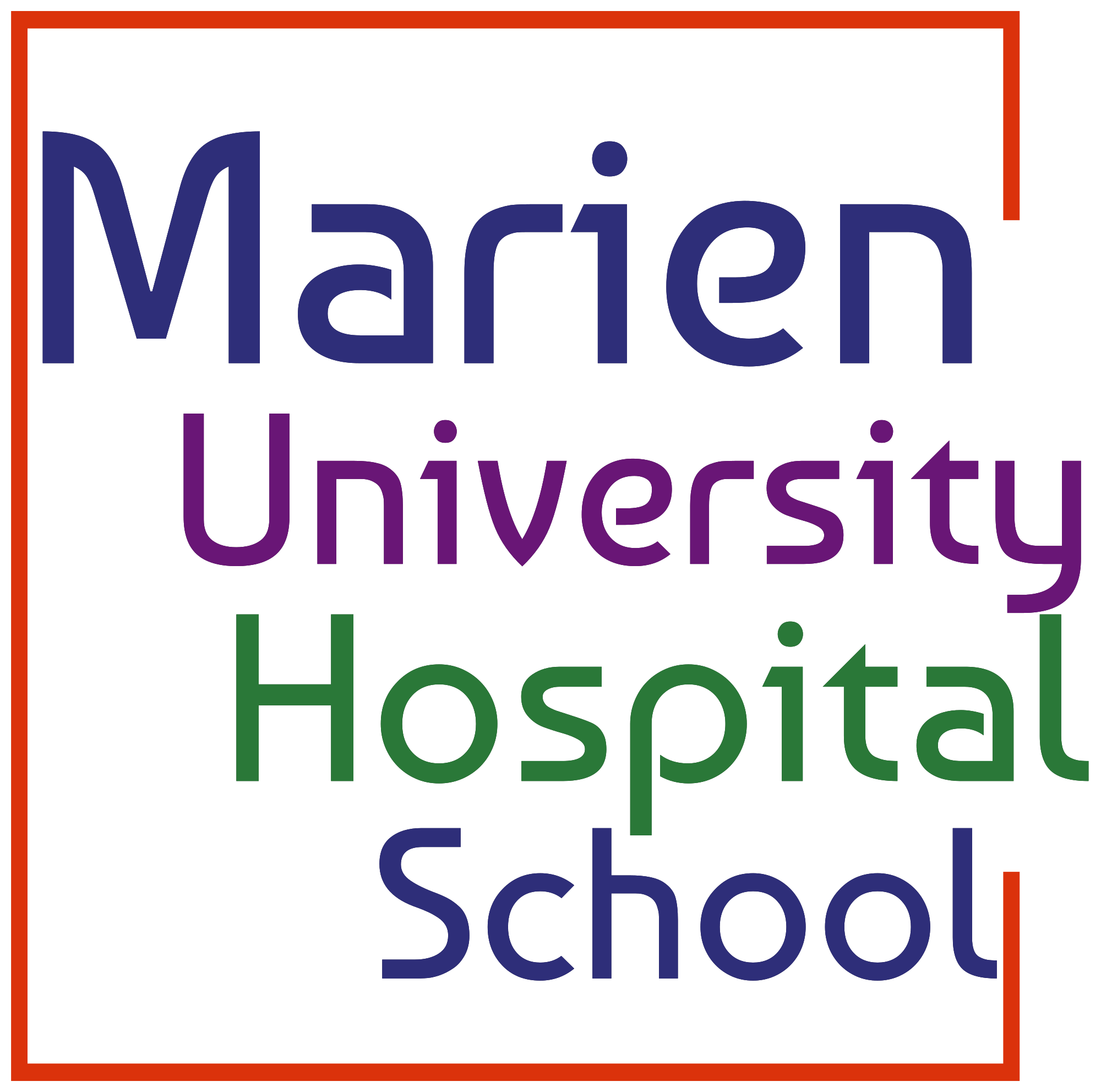For the 10th time now, doctoral researchers and postdocs at MUHS were invited to submit their pictures for the pART of Research calendar competition.
In the anniversary year, 23 pictures were handed in. Almost 1800 voters chose the twelve most popular ones. These will be printed in the pART of Research calendar 2026. The calendar will be available free of charge from October 2025 from the Heine Research Academies (iGRAD, philGRAD, medRSD and JUNO) as well as the Section Diversity and in the “Haus der Universität”.
CAT and Monkey
Juliana Neves-Müller
Institute for Linguistics/ Romance Studies
Faculty of Arts and Humanities
The Communication Accommodation Theory (CAT) by Giles & Ogay is the basis of my research. The parallel between CAT and a child mimicking a monkey’s facial expression is rooted in the human tendency to mirror others as a means of social, emotional, or cognitive connection.
Where on earth have my potatoes gone?
Viktoria Warth, Irene Küberl, Andreas Sebastian Klein
Institute of Bioorganic Chemistry
Faculty of Mathematics and Natural Sciences
Anyone who works in a lab knows that, amid all the ingenious technology, there can be creative chaos. But if you look closely, you will discover not only the four potatoes from our alkaloid research, but also other curious treasures–and the number 10 to celebrate this anniversary calendar! Congrats!
OvART – The ovary in the style of Van Gogh
Alexandra Knebel, Iwona Scheliga, Dr. Jana Bender-Liebenthron, Dr. Dunja Baston-Büst, Prof. Dr. Alexandra P. Bielfeld
Department of OB/GYN and REI (UniKiD)
Medical Faculty
Our image shows the ovary in a completely new, artistic way – lively, colorful, and full of movement, very much in the style of Van Gogh’s Starry Night. It is a special histological trichrome staining in which the follicles and the surrounding stroma were specifically stained to make the fascinating structure and diversity of this organ visible.
MUHSnity
Lee Roy Oldfield
Institute of Pharmaceutics and Biopharmaceutics
Faculty of Mathematics and Natural Sciences
Marking the 10th anniversary, the Heinrich Heine statue appears in colourful diversity.
Similar to 3D printing, where the statues were built layer by layer, knowledge develops gradually: from existing insights,
a greater whole takes shape over time.
Nutrient highways
Mary Ngigi
(in cooperation with Adam Solti, Maria Gracheva; ELTE Eötvös Loránd University, Budapest)
Institut for Botany
Faculty of Mathematics and Natural Sciences
Plants transport essential minerals like potassium to their leaves to fuel key biochemical processes. This image captures distribution of potassium along main and minor veins, a pattern reminiscent of river canals from a central stream, beautifully illustrating nature’s intricate nutrient highways.
All the small things
Anna Hamacher, Marah Schwingen
Center for Advanced Imaging (CAi)
and Institute for Pharmacology
Faculty of Mathematics and Natural Sciences
Primary cardiac murine fibroblasts stained in a multiplex assay called "cell painting". Six fluorescent labels show effects of treatment on major cellular structures like nucleus, mitochondria, ER and cytoskeleton. Automated confocal microscopy is used to detect and quantify very small differences.
Melanin Comet
Stella Marie Timofeev
Institute for Synthetic Microbiology
Faculty of Mathematics and Natural Sciences
This microscopic image shows purified fungal pyomelanin, a pigment known for its radiation-shielding properties. Its comet-like streaks resemble matter moving through space—an aesthetic side effect of a biomaterial with astrobiological potential.
The moon in a Petri dish
Lena Müller
Institute of Molecular Enzyme Technology (IMET)
Faculty of Mathematics and Natural Sciences
Science can often be very frustrating, full of setbacks and doubt. But sometimes, even in a failed experiment like this one, there is a fluorescent glimmer of joy, a reminder of the quiet beauty of the moon.
Cellular Love Story
Jennifer Deister-Jonas, Nathalie Hannelore Schröder, Melissa Kim Nowak, Julia Hoppe
Institute for Molecular Medicine III
During my work with the electron microscope, I discovered this beautiful heart. For me is the image particularly remarkable because it depicts a section of cardiac tissue from a mouse. This tissue's genotype is the focus of my mitochondrial-level analysis in my research.
A shark in the depths of bone sections
Juliana Bousch, Matthis Schnitker,
Christoph Beyersdorf
Clinic for Orthopaedics and Trauma Surgery
Medical Faculty
In the dark at the fluorescence microscope, something unexpected appeared: a shark seemed to glide through the bone section - its head and fin formed by dense matrix, its body drawn by spongiosa. Its large black eye stared at us. A moment where science and imagination collide.
Synaptic architecture of cortical networks following BMAL1 deletion in the mouse brain
Fatma Delâl Güven
Institute for Anatomy 2
Medical Faculty
This image shows a high-resolution 3D reconstruction of segmented synapses in the cortex of a mouse brain following deletion of the circadian gene BMAL1. The colored structures highlight the complex and organized connectivity of neuronal networks.
Hug Me, Glia
Fiorella Maria Gomez Osorio
Neurology Clinic
Doctoral Researcher of the Faculty of
Mathematics and Natural Sciences
In contrast to the usual neon glow of immunohistochemistry, I altered the colors to soft pastels on a white canvas (with Illustrator). Here, two Iba1-labeled microglia (immune cells). Their soft colors reflect their gentle but vital role: always present, always looking out for others.














